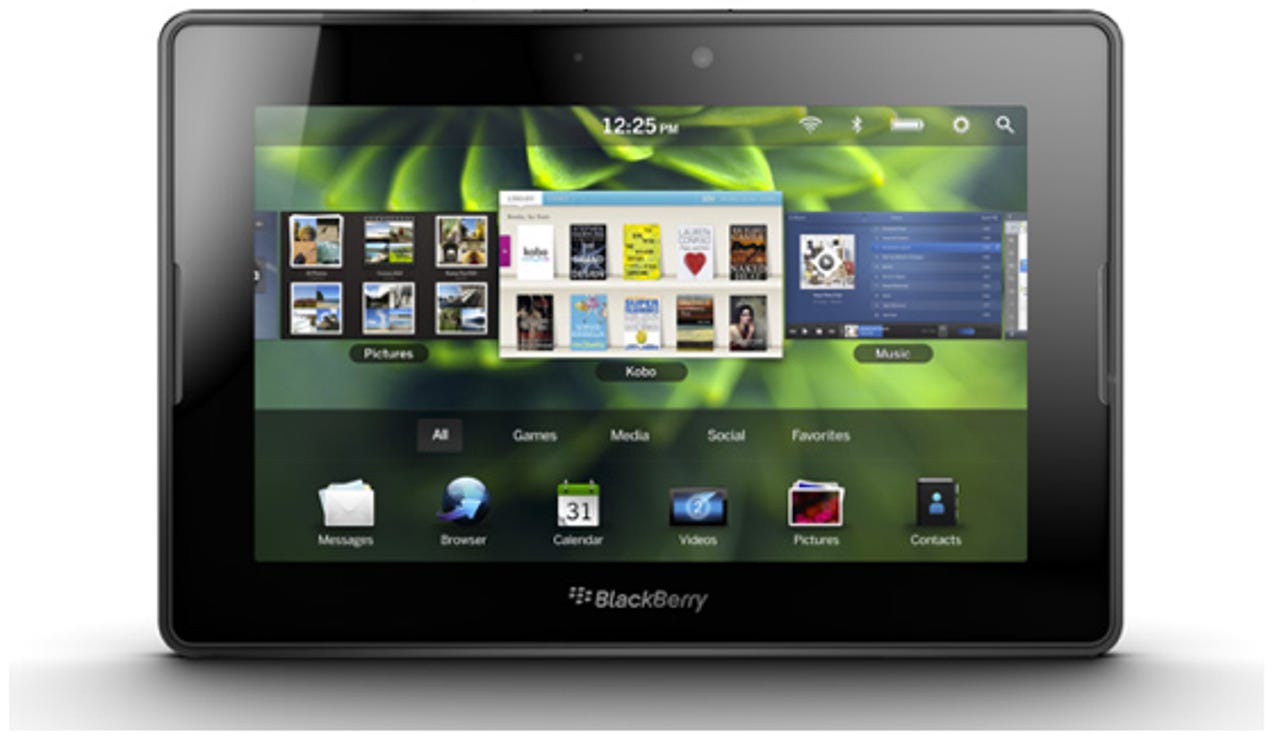Hackers can spy on BlackBerry PlayBook connections

Security researchers at the Intrepidus Group have found a way to listen in on the connection between the BlackBerry PlayBook tablet and a BlackBerry handset, a significant weakness that exposes corporate e-mail to malicious snoops.
The researchers -- Zach Lanier and Ben Nell -- discussed the PlayBook security problems at the Infiltrate conference this week.
Threatpost's Dennis Fisher explains:
[The weakness] enables an attacker to listen in on the connection between the tablet and a BlackBerry handset. That connection, which is done via Bluetooth in the company's Bridge application, is designed to allow users to access their corporate email, calendar and other data on the tablet.
[The researchers were] able to locate and grab the authentication token sent between the two devices during Bridge connections and, as an unprivileged user, connect to the PlayBook and access the user's email and other sensitive information. The key to their finding...is the fact that the PlayBook's OS puts the authentication token for the Bridge sessions in a spot that is readable by anyone who knows how to find it.
"While the bridge is active, the token is in a place that is essentially world readable. The .all file being in a place that is world readable is the thing that causes the problem with the Bridge sessions," Lanier said.
In addition to the Bridge vulnerability, Fisher reports that the security team also found that the file names in the BlackBerry app store can be predictable, allowing a user to simply increment the file name to a desired number and download whatever app she chose.
UPDATE: Statement from RIM, makers of the BlackBerry PlayBook:
“The BlackBerry PlayBook issue described at the Infiltrate security conference has been resolved with BlackBerry PlayBook OS 2.0, which is scheduled to be available as a free download to customers in February 2012. There are no known exploits, and risk is mitigated by the fact that a user would need to install and run a malicious application after initiating a BlackBerry Bridge connection with their BlackBerry smartphone.”
